Japanese tradition, white painted faces and cross-dressing men are mostly associated with Kabuki. But what made me search for hours on the web were the Kabuki stage sceneries. Apparently it’s forbidden to take photos of Kabuki performances so there are not a lot of photos to be found let alone images without actors that display solely the scenery.
One recurrent background image of performances is a pine tree. Even if there seem to be strong conventions about how a pine tree has to be represented – the trunk has for example always a tree hole and is never straight and bents out to the right or left before returning to the center (a rule also found in Ikebana)-, each one of them differs from the other; may it only be by the arrangement or number of the branches.
Images: (1) Uchiko-za by Nanao Wagatsuma, (2) Kanamaru-za by Christian Kaden,(3) from shimokita-kanko.com, (4) Scene out of the J-Drama Pin To Kona from tylerraiz.com, (5) Kabuki-za from blog.livedoor.jp/hanatora53bann, (6)&(7) by ATPAfan from flickr.com/photos/56489975@N02, (8) from city.gero.lg.jp/kankou/


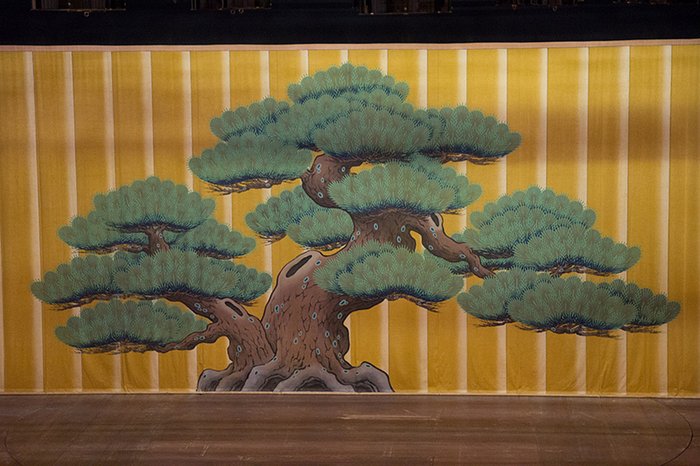
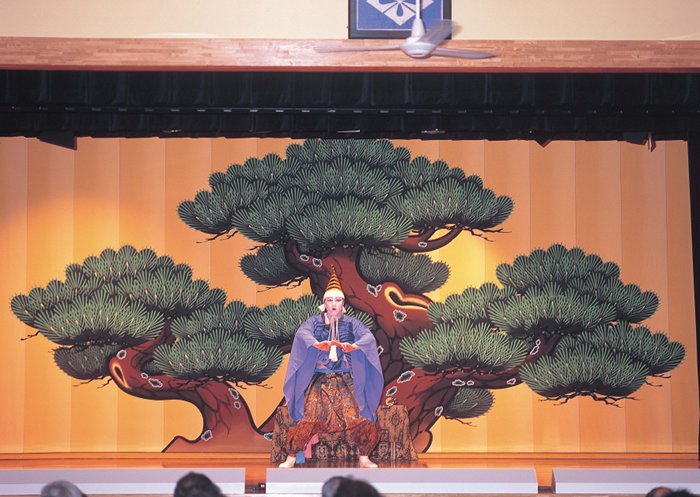
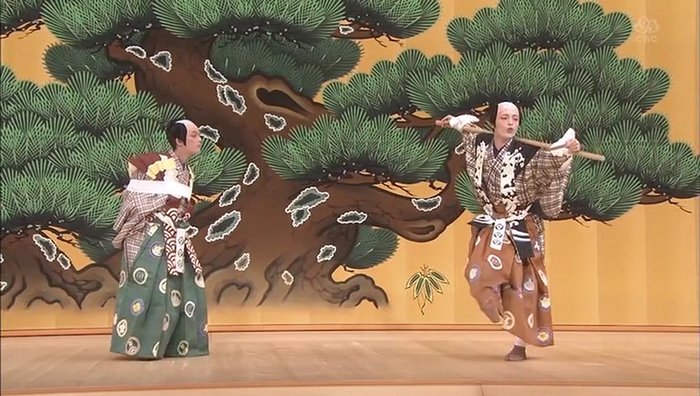
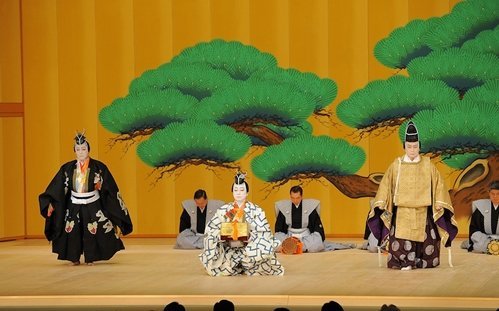
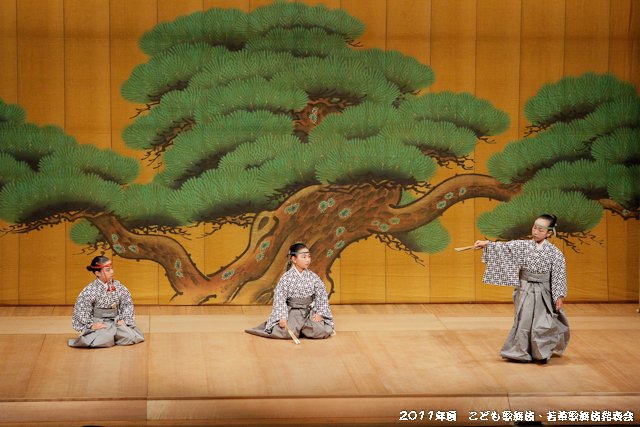
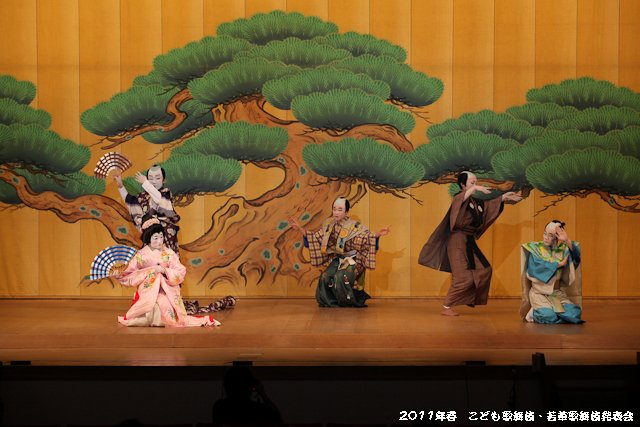
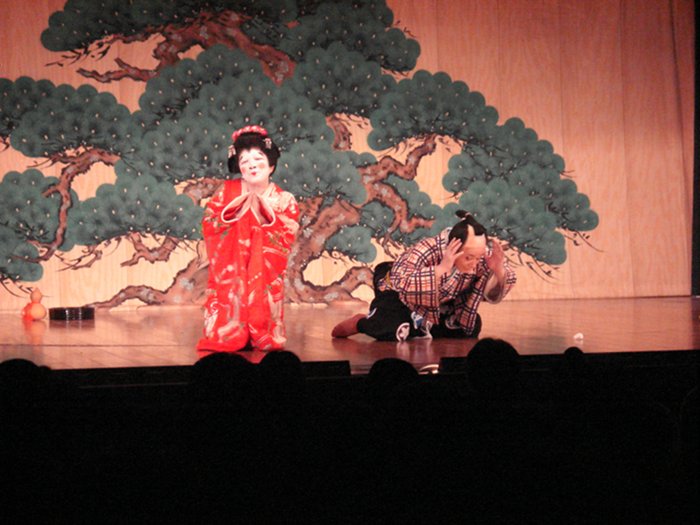
Leave a Reply